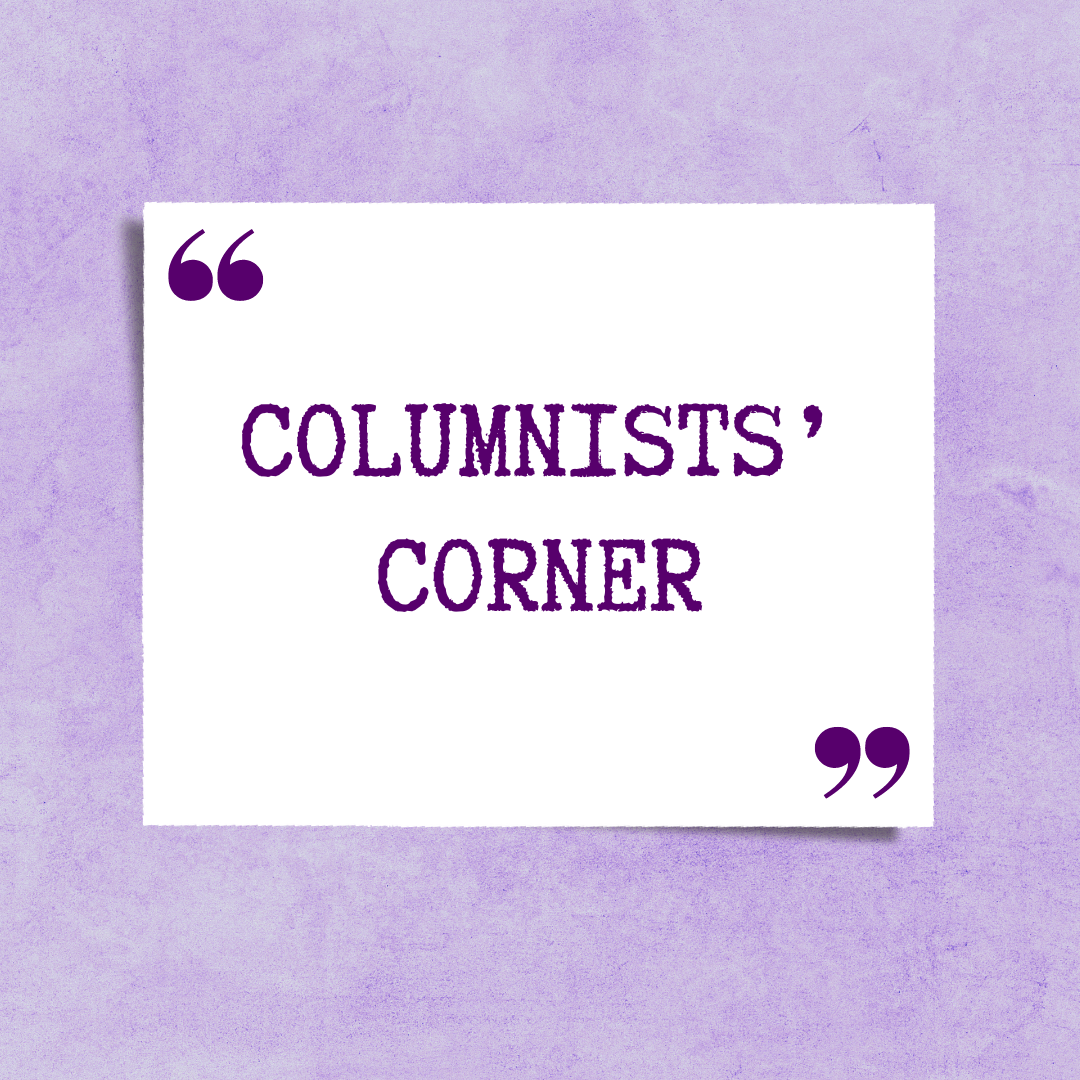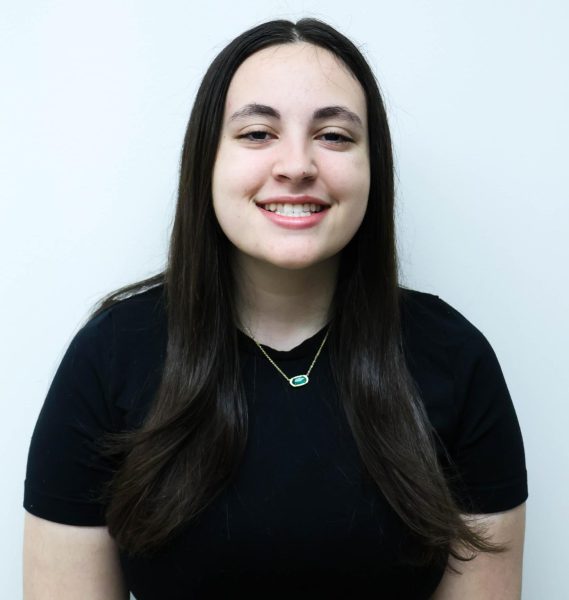The word dystopian is defined by Merriam-Webster as “an imagined world or society in which people lead dehumanized, fearful lives.” When writing a contemporary dystopian novel, one must create a world that’s the opposite of a utopia. A society where the government has full control over its citizens.
However, there’s a formula that most dystopian series follow to make them succeed and boxes an author must check. Series like Divergent, Hunger Games, Matched, and The Selection follow many of the same tropes that ensure each book is successful. They have to contain more features than just a dystopian society. These key features are what attracts readers and keeps them turning the page.
The first part in writing a perfect modern dystopian novel is creating a female, teen character who is mentally strong and independent. The character has to be one who has the confidence to stand up to the dictatorship and strong enough to fight for her own personal beliefs. The character also has to be small and physically weak. She has to be described as a non-intimidating character that people won’t suspect to rebel against the government, and she has to be a character that appears as though she needs saving.
In Divergent, the main character, Tris, starts the story as weak. She comes from the weakest of the five factions of the government and then transfers to the faction where she has to become the strongest. The Dauntless faction had rigorous training where Tris had to prove her strength multiple times. At several points in the story, Tris had to be saved by a stronger, male character because she was the weakest link in the training program.
Like Divergent, Katniss in The Hunger Games is the underdog. She comes from the least wealthy district where there hadn’t been a winner in nearly 25 years. Katniss needed help from her mentor to stay alive. Although she wasn’t described as weak while she was in the games, her sympathy and compassion for others made her appear weak to the spectators from the Capitol and other districts.
Another key feature a dystopian novel must have to be considered successful is a trilogy where the third book takes place in a headquarters for the main rebellion against the government.
In Reached, the third book in the Matched trilogy, Cassia leaves The Society and seeks The Rising, which is a secret rebellion against The Society. Cassie works with The Rising to go against her home government for the majority of the third book.
In Allegiant, the third book in the Divergent series, Tris ventures outside the fence of Chicago, and she stumbles across the Bureau. The Bureau offers Tris and her friends a home where they aren’t targeted by the government from inside the fence.
At the end of Catching Fire, Katniss is airlifted out of the arena, and the third book, Mockingjay, starts off with Katniss traveling to the abandoned District 13. District 13 is the headquarters for the rebellion against the Capitol. Katniss and District 13 work together to stop the corrupt Capitol from putting on the annual Hunger Games.
Not only is creating a secondary location for their third book an important step in writing a dystopian series, but an author must also include a love triangle between the main character and two other guys. Bonus points if the love triangle consisted of the female main character, a character from the main character’s childhood, and a new character who was introduced to the character at the beginning of the story. (And spoiler, the main character will always choose the new character who was introduced.)
One of the most famous love triangles in the dystopian genre is from The Hunger Games. Katniss and Gale were best friends throughout their childhood. However, when Katniss volunteered for the games, her strategy to survive was to pretend to have a relationship with her fellow tribute, Peeta. Throughout the series, Katniss is in a love triangle with the new person in her life, Peeta, and her childhood friend, Gale. In the end, Katniss winds up with Peeta.
A lesser known love triangle is in The Selection series. The Selection follows America, who is in love with her childhood best friend with a plan of getting married as soon as they can. However, America was forced to enter into a selection to compete in a Bachelor-styled competition for the prince’s heart. Despite her love for her childhood best friend, America creates a friendship with the prince and then falls in love with him. The love triangle continues for the first three books in the series and concludes when America chooses the prince over her first, childhood love.
Similar to the other two series, the Matched series follows Cassia who is told by the government that her soulmate is her childhood friend, Xander. However, a mistake is made when the microcard, which contains information about Xander, pulls up a picture of another boy, Ky. A government official told Cassia that it was a mistake, but after meeting Ky, Cassia begins to have feelings for him alongside Xander. At the end of the series, Cassia chooses Ky over her original match.
While every book is unique in its own way, many books contain similar elements because it’s what attracts readers. Elements like characterization, a new location for a third book and love triangles are things that readers enjoy. When writing a dystopian book or series, using techniques like these will ensure the book’s success because they are the key to writing a perfect dystopian series for a modern audience.



